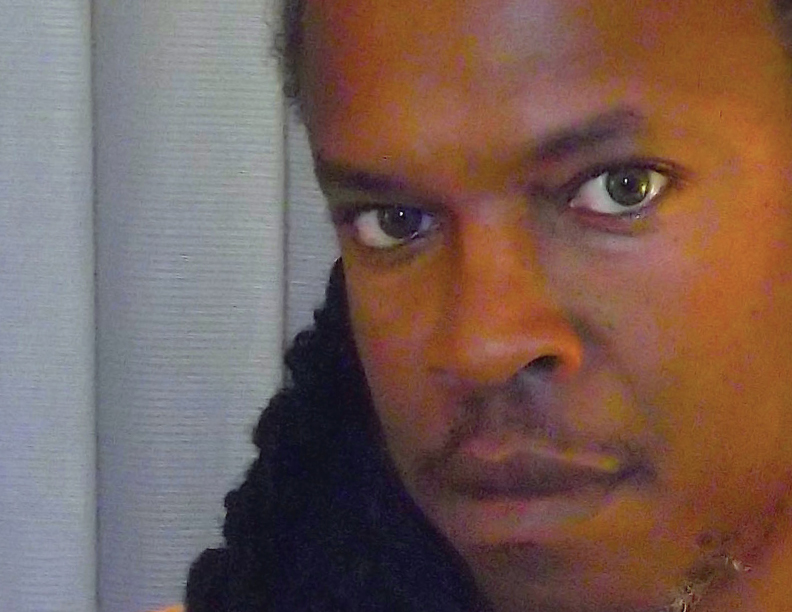EDITORIAL
All-American Me
■ KHEVEN LAGRONE Kink Issue 2018
The “New” & “Real” Oakland: A Home For Black Liberation
For years, outside media focused on Oakland’s problems, while overlooking what many Blacks loved about it. Oakland was a place of Black liberation. For example, before the 1990s, Oakland’s Black gay community was hidden by both racism and homophobia. The Black Gay and Lesbian movement changed that. It helped elect the mayor who then supported the Black gay and lesbian community. Several Black gay and lesbian groups came together to march in the San Francisco Pride Parade. They made themselves visible to the world, including both their Black communities and the white gay community.
Today, it appears that this Oakland was to be lost to gentrification. Several city and business leaders worked to erase the stigma of a Black Oakland. They felt that Oakland’s reputation as a Black city hurt their marketing and promoting Oakland to outsiders. For the most part, the media showed pictures of an Oakland gathering, it showed no Black people—even if Black people were prominent at the event. As more people were attracted to Oakland, many native Black Oaklanders were displaced to make room for them. We see the results of the displacements in the homeless encampments seen throughout Oakland today.
Meanwhile, Oakland leaders promoted this decline in the Black population as the “new” Oakland. They marketed the “changing demographic” and “new diversity.” In 2013, former mayor Jean Quan told the National Journal:
“And so, you asked me what my challenge is. Well, my challenge is to let people know what the new Oakland looks like. Somebody just sent me an email saying, ‘Oh, you should have more black police since more than 50% of your residents are black.’ And I’m like, ‘Actually, no, 28 percent of my residents are black, but we’re pretty evenly divided between blacks, whites, Latinos, and Asians these days.’ But that’s their image of Oakland–and this is somebody who lives in the Bay Area.”
Many Black Oaklanders watch helplessly as their hometown was lost to gentrification. However, the movies Black Panther, Sorry to Bother You, and Blindspotting gave them a voice. The filmmakers were Oakland natives who loved their home. The filmmakers showed us the “real” side of Oakland that the leaders and businesses wanted to hide from the outside. In the same way art and writings gave voice to Oakland’s Black lesbian and gay community in the 1990s.
Everything changes and this will become the “new” and “real” Oakland. Jean Quan’s “new” Oakland has become a city of strangers often asking What is Oakland? or Who is Oakland?. Oakland is not just privileged people paying for doggy day camps and doggy hotels near homeless encampments. The “real” Oakland does not call the police on decades-old churches for making too much noise.
The “new” and “real” Oakland includes its history of Black liberation. Yet, today, there is little recognition or discussion of Oakland’s role in the Black gay movement nationwide. Just as those filmmakers reminded the world of “their” Oakland, Black gay and lesbian activists must remind the world that Oakland was the home of their movement.
Kheven LaGrone is a Bay Area native. His play The Legend of Pink premiered at San Francisco’s Theater Rhino last year. His writings on homeless issues regularly appear in San Francisco Bayview and Street Spirit. He has published several scholarly essays and edited a critically-acclaimed collection of scholarly essays on The Color Purple. As an art curator, his shows have exhibited in New York City, San Francisco, and Atlanta.




